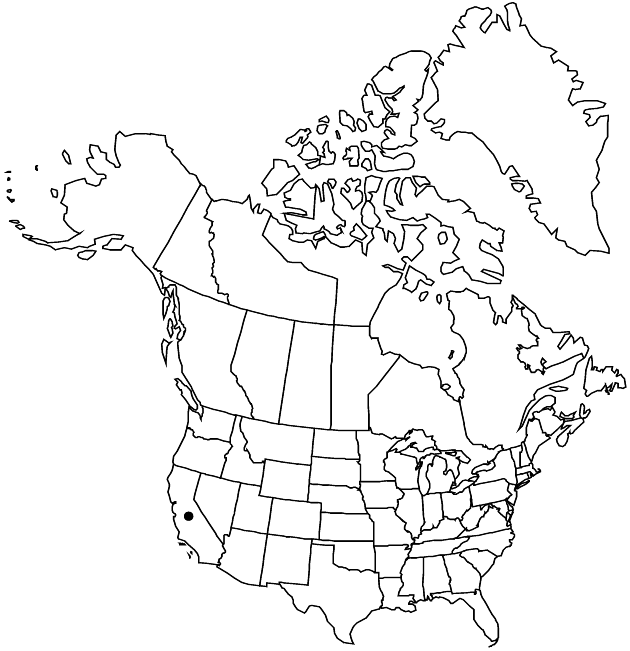Difference between revisions of "Microseris paludosa"
Leafl. W. Bot. 5: 108. 1948.
FNA>Volume Importer |
FNA>Volume Importer |
(No difference)
| |
Revision as of 18:37, 24 September 2019
Perennials, 15–70 cm; taprooted. Stems branched proximally, leafy proximally. Leaves basal and cauline; petiolate (petioles broadly winged, clasping); blades linear to oblanceolate, 6–35 cm, margins entire, dentate, or pinnately lobed, apices acuminate. Peduncles erect or arcuate-ascending (15–50 cm), ebracteate. Involucres ovoid in fruit, 10–20 mm. Phyllaries: not spotted, abaxial faces usually scurfy-puberulent, usually black-villous; outer linear to broadly or narrowly ovate-deltate, apices erect or recurved, acuminate; inner lanceolate, apices erect, acute to acuminate. Florets 25–70; corollas yellow-orange, surpassing phyllaries by 5+ mm. Cypselae columnar, 4–7 mm; pappi of 5–10, dull yellowish brown, lanceolate, glabrous, aristate scales 2–4 mm, aristae barbellate. 2n = 18.
Phenology: Flowering Apr–Jun.
Habitat: Sandy, clay, and loam soils, grasslands, brushlands, oak woodlands. and closed-cone pine forests
Elevation: 10–300 m
Discussion
Microseris paludosa in the central coastal region (D. P. Tibor 2001). It differs from M. laciniata subsp. leptosepala in its longer, brownish pappus scales and more southern coastal distribution. It is unusual among the perennial taxa of Microseris in its self-compatibility and ready self-fertilization in culture.
Selected References
None.
